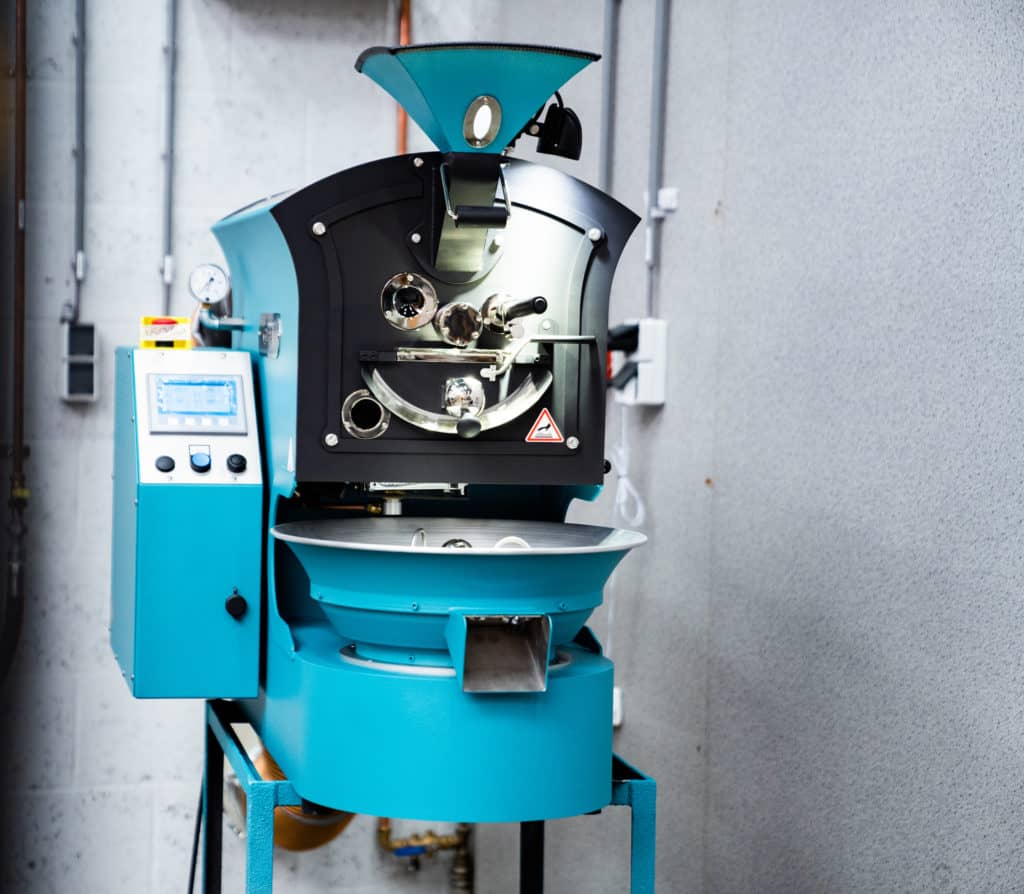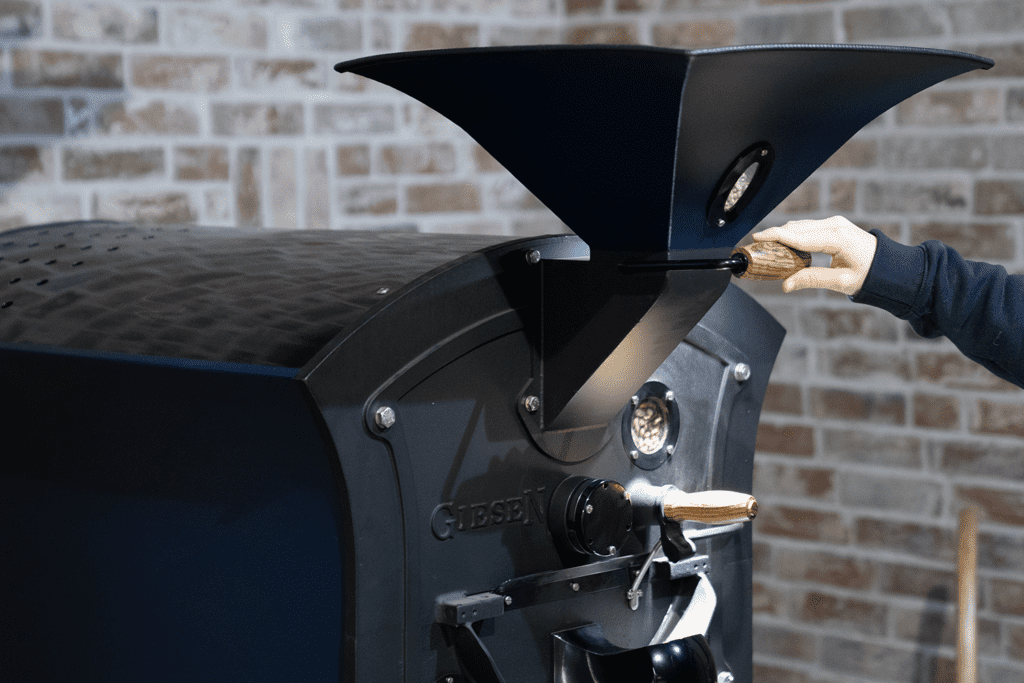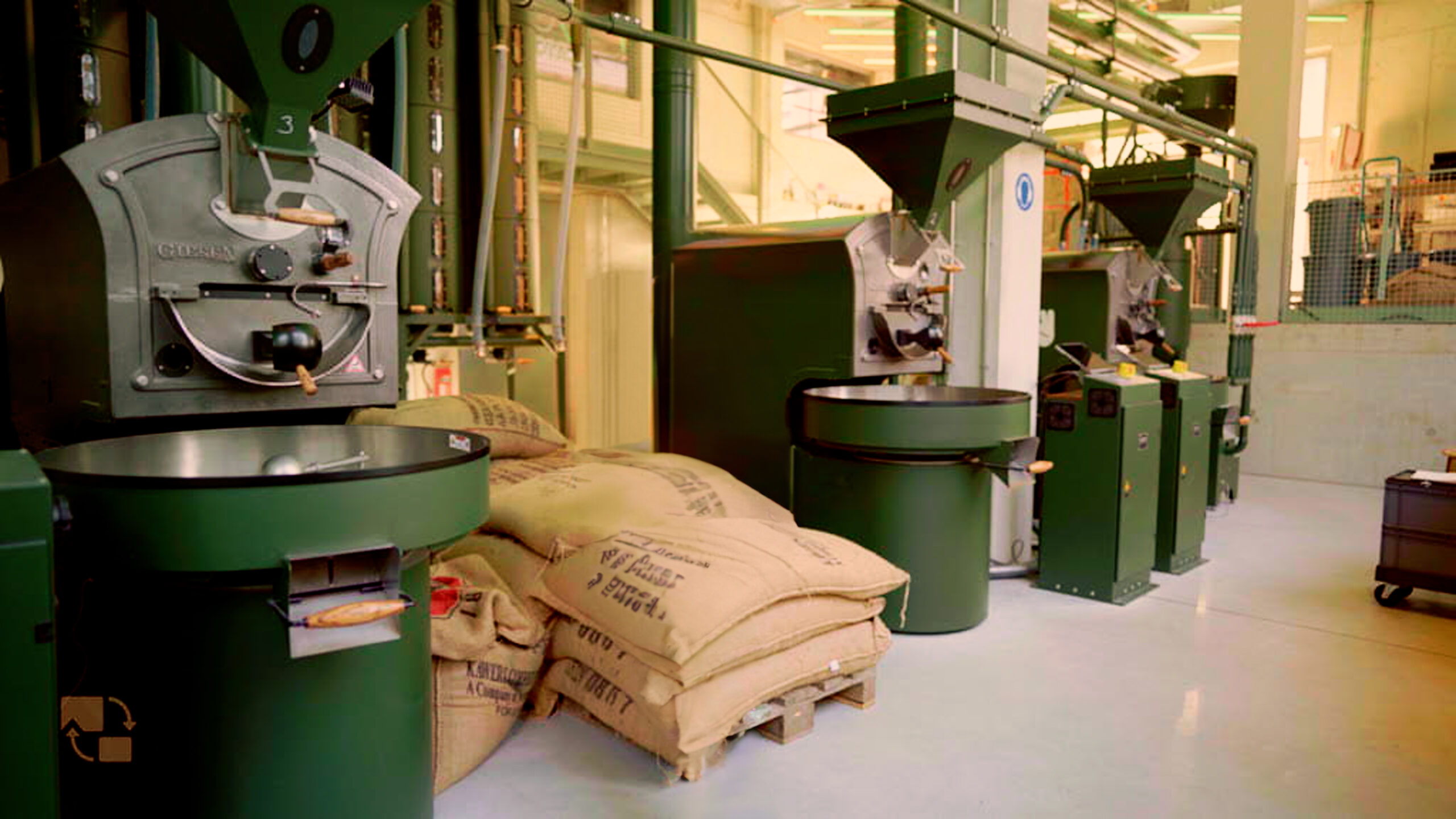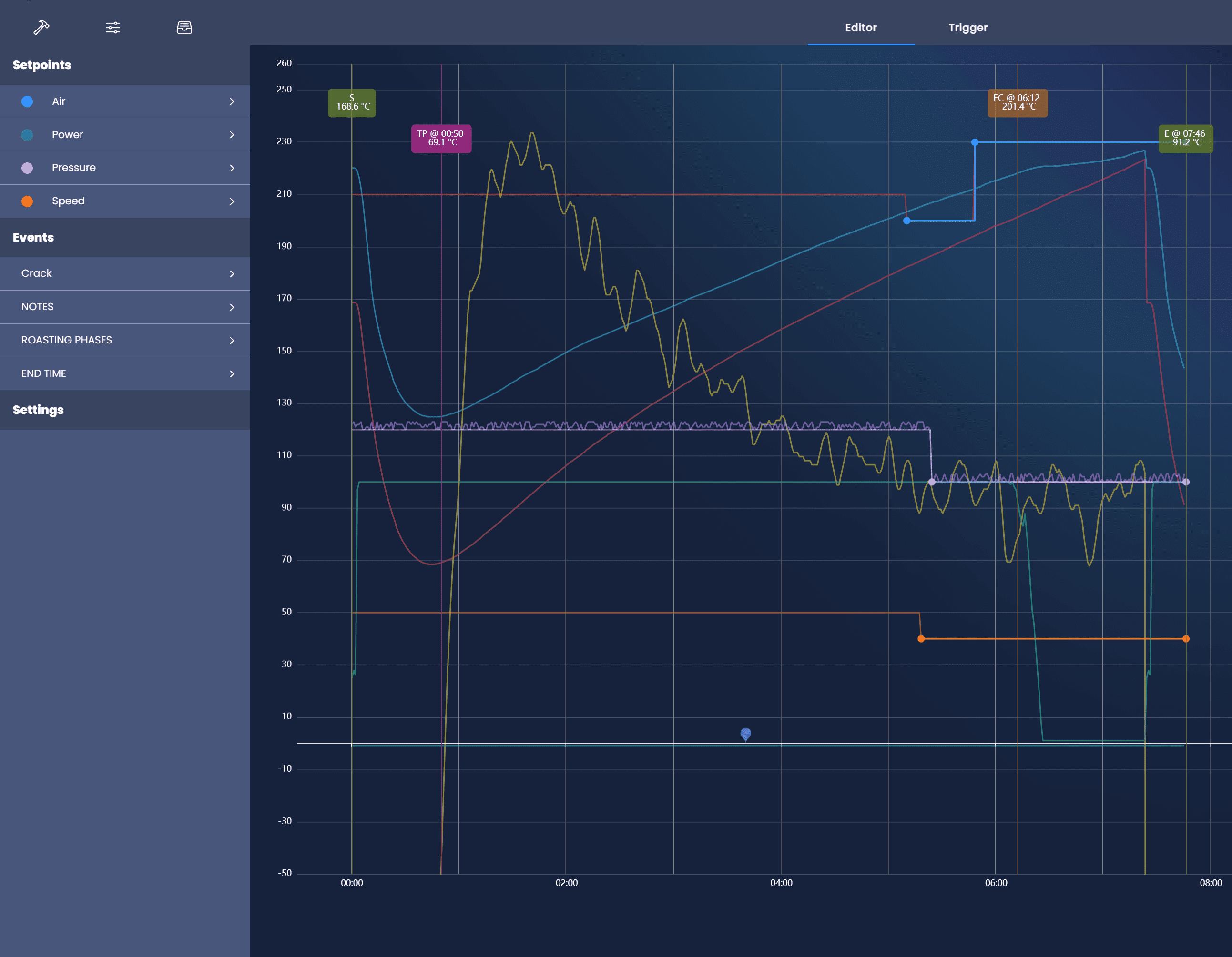This webinar #18 is about calculating the carbon footprint of your coffee company. Whether you are a retailer, producer, exporter, or roaster. I think understanding how to go about calculating this carbon footprint is key.
In this webinar, I will share some perspectives on the carbon footprint. How do we approach that? How do we determine which elements in our activities are part of this carbon footprint? And then very specifically, I am going to highlight some aspects, some important details of this carbon footprint, and how to calculate this in your own business.
What is a carbon footprint?
A carbon footprint has historically been defined as the total set of greenhouse (GHG) emissions caused by an organization, event, product, or person. It is an extension of the concept of ecological footprints. The carbon footprint is a very powerful tool to understand the impact of personal behavior on climate change and global warming.
Coffee
The coffee roasting world also contributes to the carbon footprint. I go through all the different stages and the way they add to climate change.
- In the first stage, we have the growing of coffee. In this stage, there are a lot of choices to be made. Since we saw the agricultural revolution worldwide more than 100 years ago, and with the proliferation of coffee, we also see that in the growing of coffee, there’s a lot of input. These inputs are usually chemical-driven petroleum oil-driven inputs like fertilizers like pesticides. And all these inputs create a certain carbon footprint for your cup of coffee.
At the level of growth, we see this at the level of exports. Because once we start moving coffee from producing to consuming countries, with cargo ships or by planes, this adds of course significantly to the carbon footprint. - If you look at the level of roasting, we must heat the roaster to roast the coffee. For the roasting, we must use coffee roasters using heat generated. Either with fuel-based petroleum-based, diesel-based fuels, or with electricity.
- Then in the distribution cycle which still happens typically with gasoline, diesel-fueled trucks, so all these steps have to be taken into consideration in this coffee value chain.
- At the level of retail, you must think about all the distinct steps that are necessary to make from a roasted bean, a beverage. The electricity needed to do that will require fossil fuels of some sort. Also when we talk about all the elements that feed into a cup of coffee like the cup itself, the straw, the interior of the café and we have to think about all the other steps necessary to refrigerate the milk.

Coffee compered to other food items
Coffee contributes to the carbon footprint, however, it scores relatively low compared to other food items. Like a beef lamp and chocolate. I think that is a reason to feel somewhat relaxed as coffee professionals that our carbon footprint is not nearly as high as it is for some of these other food items, food products. You can see that one cup of coffee on average generates in terms of your total carbon quota per day it takes up 0.5 percent of that carbon quota a day.
If you look at your consumption over the course of a year, and if you’re more like an espresso person, then you can see what this adds to your carbon footprint. Obviously, that is way lower than in the case of a cappuccino, flat white, or café latte. So, lattes have a carbon footprint of about 0.55 kg, followed by cappuccinos on 0.41 and flat whites on 0.34 kg.
Carbon neutral?
When a company’s carbon footprint reaches zero, the brand is considered to be carbon neutral. But reaching net-zero is not as easy as it might sound. For many businesses, energy or fuel use is an integral part of day-to-day operations. Simply eliminating emissions outright is often not feasible. While brands can often minimize their carbon footprint and operate more sustainably, becoming carbon-neutral is a much bigger task.
In response, some businesses have now started to help other companies ‘balance out’ their emissions. They operate environmental schemes around the world. For instance, reforestation, green energy, or oil regeneration. Firms looking to reduce their carbon footprint can purchase ‘carbon credits’ from these companies. They thereby fund a sustainability project elsewhere and consequently balance out their footprint indirectly. This is one of the ways that companies can reduce their carbon footprint.
On coffee farms, producers have another option. This is carbon sequestration: the process of naturally absorbing carbon dioxide that exists in the atmosphere. This occurs through several natural processes, but perhaps the most well-known is photosynthesis. Plants use carbon dioxide and water to generate chemical energy for growth, and release oxygen as a byproduct, effectively removing the C02 from the atmosphere.
How is Giesen addressing the carbon footprint issue?
There is a category of roasting systems developed by Giesen which are fully electrically operated. And of course, if you roast coffee with an electric roaster, you still have to generate that electricity somewhere but nowadays depending on which country you operate, more and more energy companies use solar and wind energy. Or they could use another type of nuclear energy in some cases which has a relatively low carbon footprint as well. So, the electric Giesen roasters are wonderful machines that combine all the benefits.
Read more about the electric roasters: WPE1, W1E, W6E or reduce emission with our SFE filter.
Check out the other Giesen blog articles and webinar summaries here.





This Post Has 2 Comments
Great article is a great approach. It that sense you should consider including 3 points that are important since my point of view
1. Gas and nuclear will be consider green energies by the EU. So why leave gas but use cogeneration units instead and contribute to deliver hot water or steam to energy districts in EU according with local policies.
2. Sourcing from net zero producers
3. Whole beans are far better than capsules in emissions. There are serious studies that the offset of co2 is considerably lower.